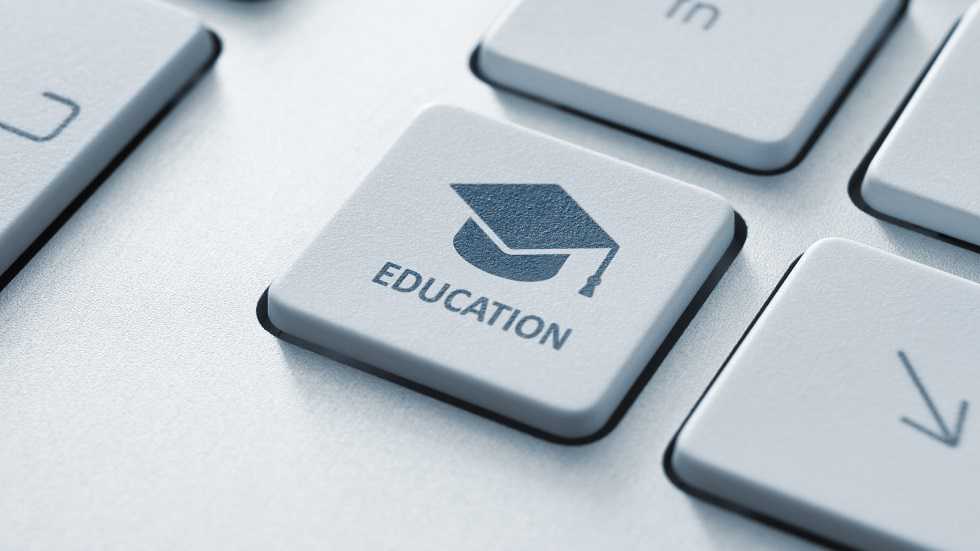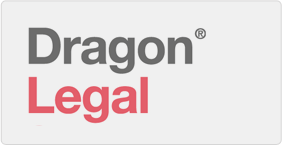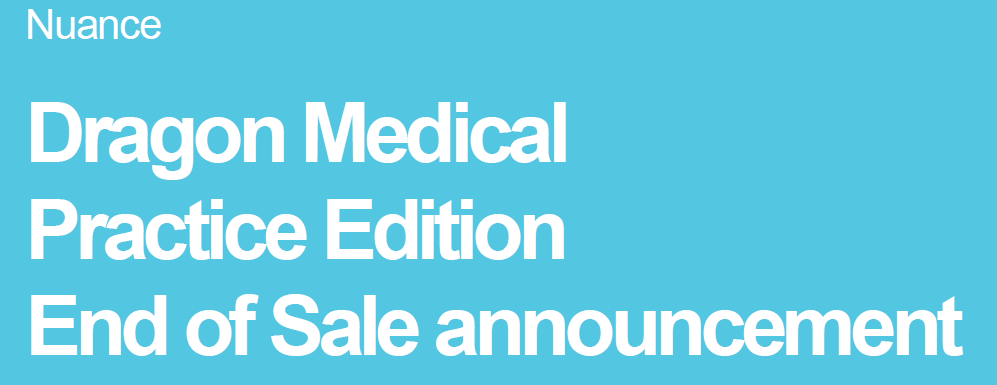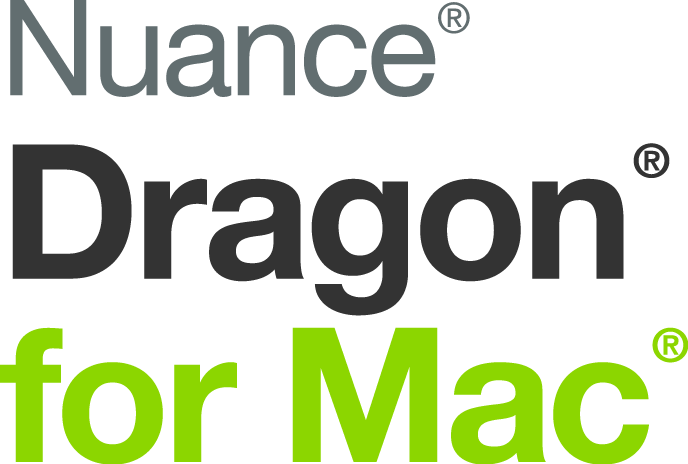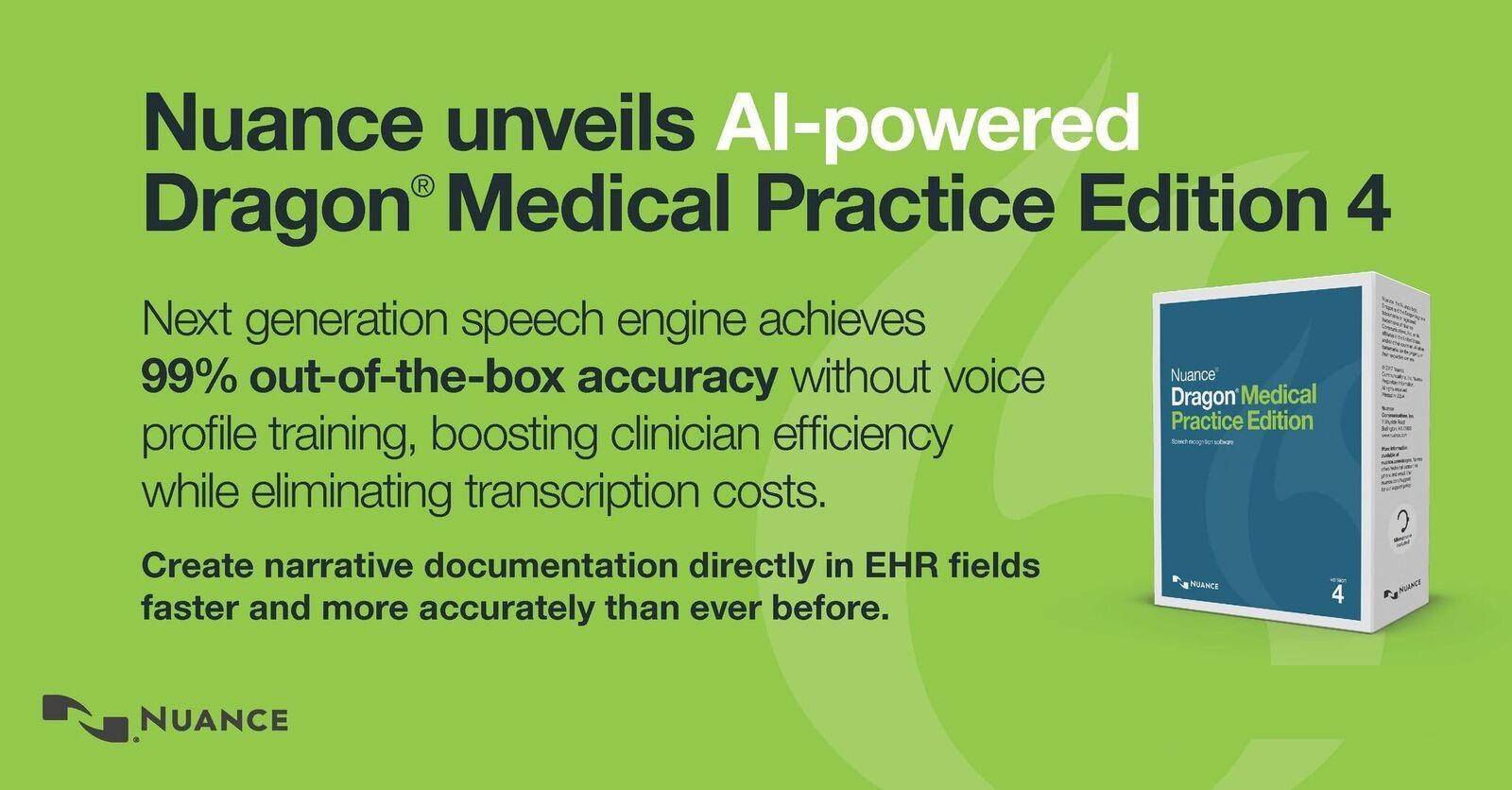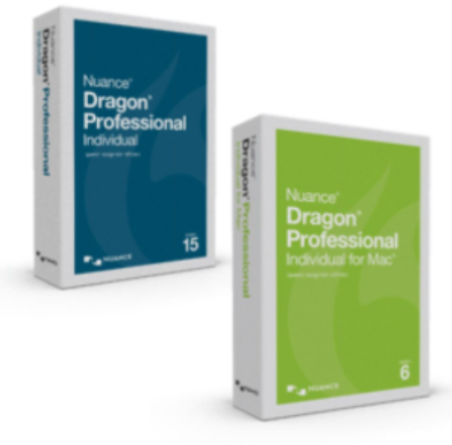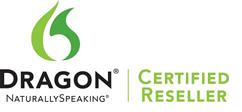Signalling an end to reader/writers – the effectiveness of assistive technologies
When Kapiti College found providing reader/writers to its growing number of dyslexic students unsustainable, it looked to assistive technologies for answers.
A student with dyslexia operates a computer that reads aloud, while another, who struggles with writing problems, uses a word-prediction program to help him with spelling, syntax, grammar and word choices. A vision-impaired student uses a talking calculator with a built-in speech synthesiser that reads aloud each number, symbol or operation key to complete his maths paper.
In the not too distant past, students with a learning disability often had little access to such technology or aids that would help them learn, and improve the quality of their lives. In some cases, the aids were clumsy or unaffordable. In others, the technology was simply non-existent.
Today however, thanks to advancements in technology, science and engineering, the range of aids and technology available can help students with a disability learn and boost their self-esteem.
According to the New Zealand Government’s Disability Survey: 2013, the most common impairment type for children aged 0 to 14 years is learning. The Survey found that a learning difficulty affects six per cent of all children in New Zealand and 52 per cent of disabled children.
Usually the ability to learn is inhibited by a single physical, emotional, or neurological issue or a combination. In New Zealand, the Survey revealed that the most common cause of impairment for children was a condition that existed at birth, affecting 49 per cent.
Assistive technology increases learning opportunities in a general education curriculum and improves student self-esteem by enhancing their productivity. It lets students with a physical or learning difficulty complete tasks they could not normally do, or allows them to do tasks better, and to work in mainstream classes.
One technology that helps individuals with learning disabilities is speech recognition software.
Students with learning disabilities often struggle to express themselves because of reading and spelling concerns. Common disabilities in this complex field include dyslexia, dysgraphia, dyspraxia and attention deficit disorder. A number of schools have established special needs facilities at significant staffing costs, but often lack the one crucial assistive tool that can assist in this endeavour – speech recognition technology or SR.
Kapiti College has had great success with Nuance’s Dragon speech recognition software. The College, which is a year 9-13 school located in Paraparaumu, Wellington, has about 150 students with dyslexia.
Kapiti had initially been using reader/writers to help students. However, as the number of dyslexic students increased, supplying reader/writers became unsustainable. Also, teachers had noticed that some of the students were experiencing shyness and anxiety when using them.
“They preferred to be in a situation where they were just interacting with the computer and in an environment that they felt was pressure-free,” said Kapiti College Principal, Tony Kane. “While we were exploring our options I came across an online article about the success that Sacred Heart College in Auckland was having with speech-to-text software, so we decided to take a closer look.”
Kane found that Nuance’s Dragon speech recognition solution was ideal.
“It’s fast, has no problem adapting to accents, is highly accurate with technical language and is very easy to use.”
The College purchased a number of 11.6-inch netbooks and loaded Dragon onto these. For easy access, the computers were made available in the building block where the Year 9, 10 and 11 dyslexic classes are most often taught. The software can also be accessed via what the College has dubbed ‘Dragon Dens’ – colour coded spaces or rooms where the students can find additional Dragon loaded computers. Teachers can book these rooms when the students need to complete assessments or the students can book themselves in.
“Over 100 of our dyslexic students have now been trained on Dragon and we’ve found that while it doesn’t suit some, the vast majority have adapted fine.
“Their levels of usage vary widely – from occasional to very regular. For many of our regular users, they are producing work and evidence of learning of a quality which is far beyond their pre-Dragon days,” explains Kane.
“Earlier this year, we hosted the Education and Science Select Committee who were following up on a visit by our dyslexic kids. As part of the morning, we took them to see students working in the Dragon Dens. They were surprised both at the relatively low cost of this assistive technology and the work that the kids were producing.
“We’ve also been in discussions over the last year with NZQA and are part of the Digital Pilot of Level 1 English, Media and French. Dragon worked perfectly in our trial. It remains to be seen whether it will work with the final version but we are quietly confident,” says Kane.
Despite all the assistive technology, it is very much about the student. If the assistive technology or hardware does not suit the student, it is likely to be abandoned. So pairing the right tool with the student is critical.
Published in the Education Review Vol 8. Issue 1 2017.
NZ Teacher explores the big issues in New Zealand education, from early childhood through to tertiary education.

